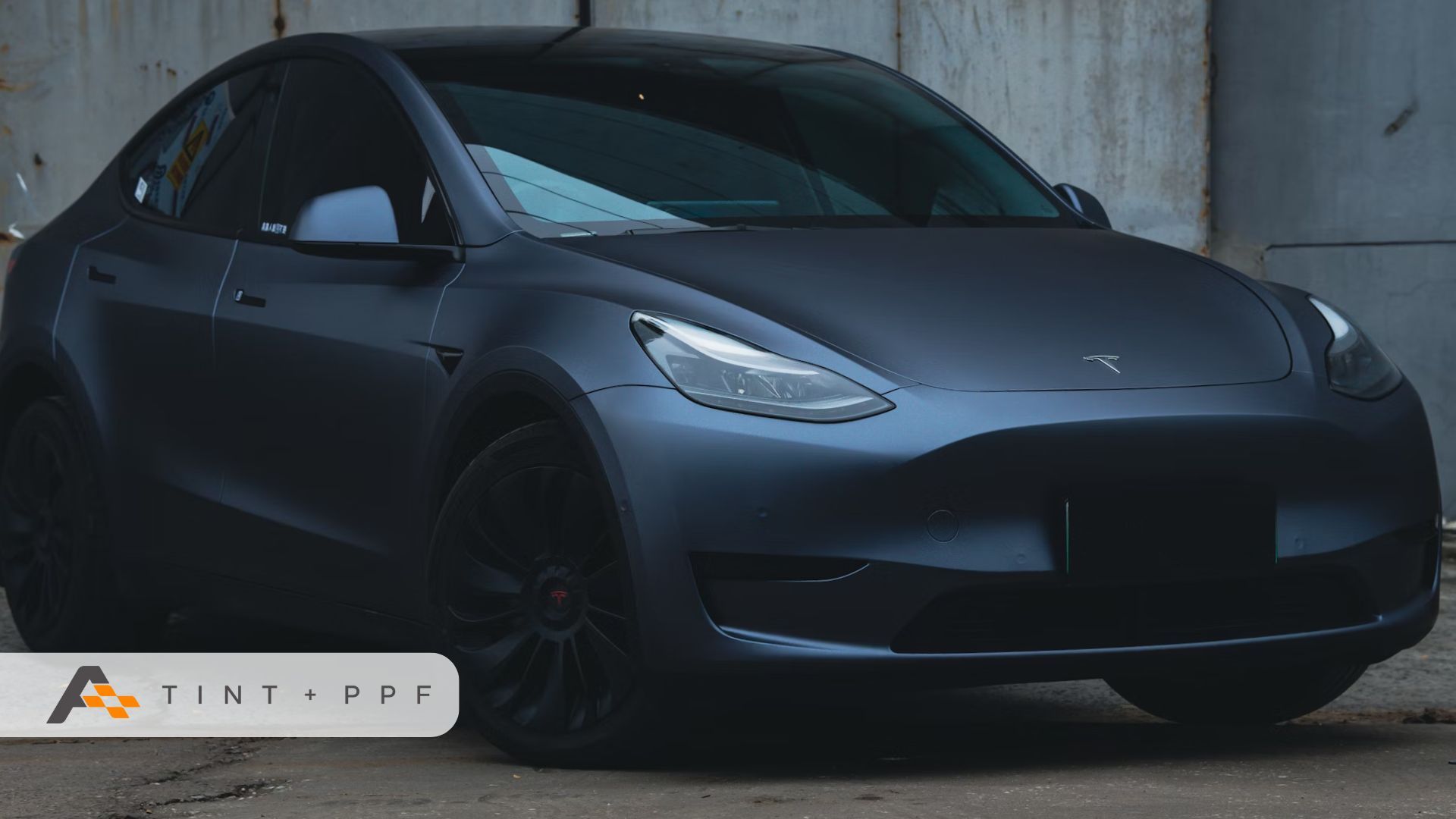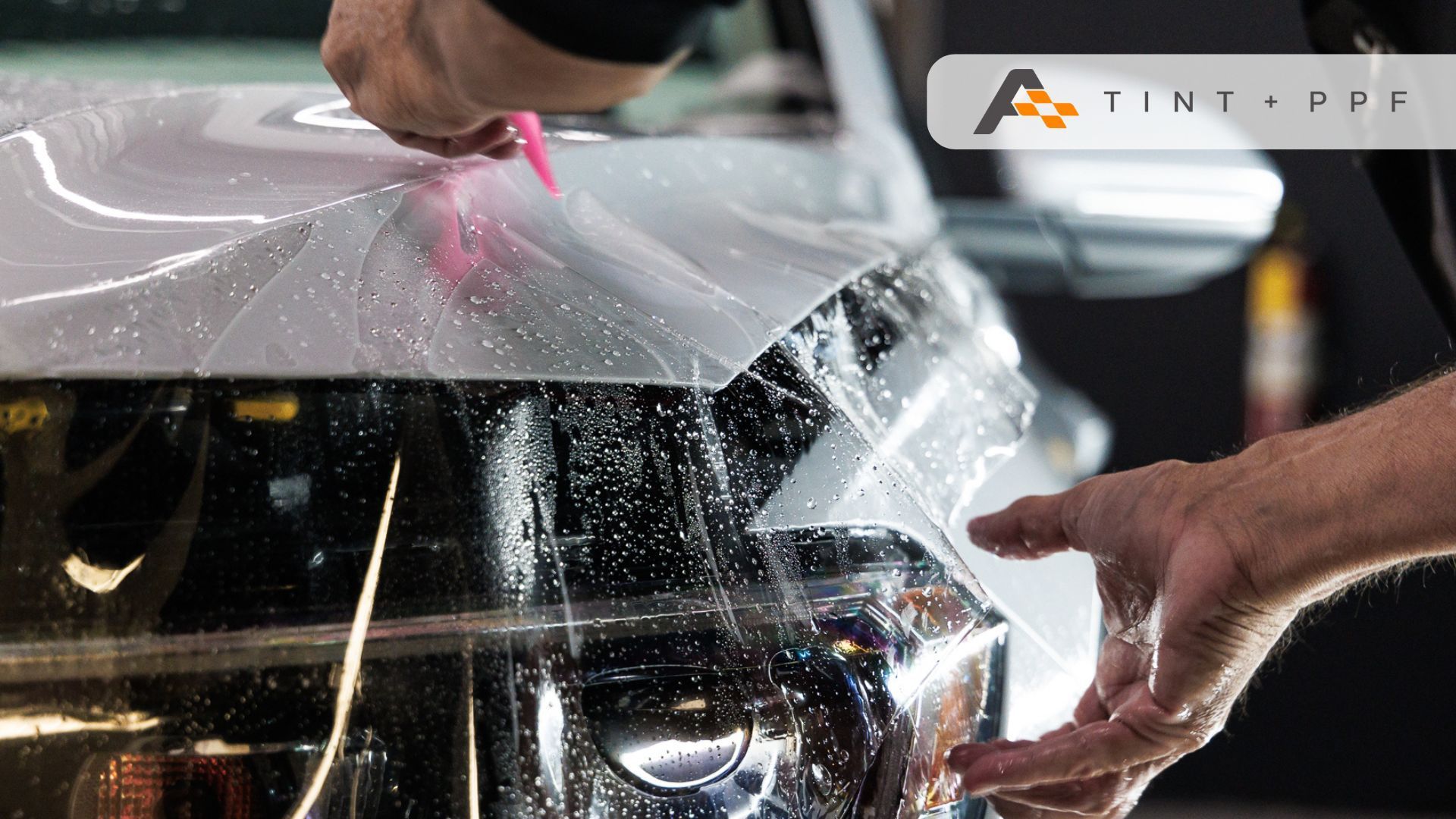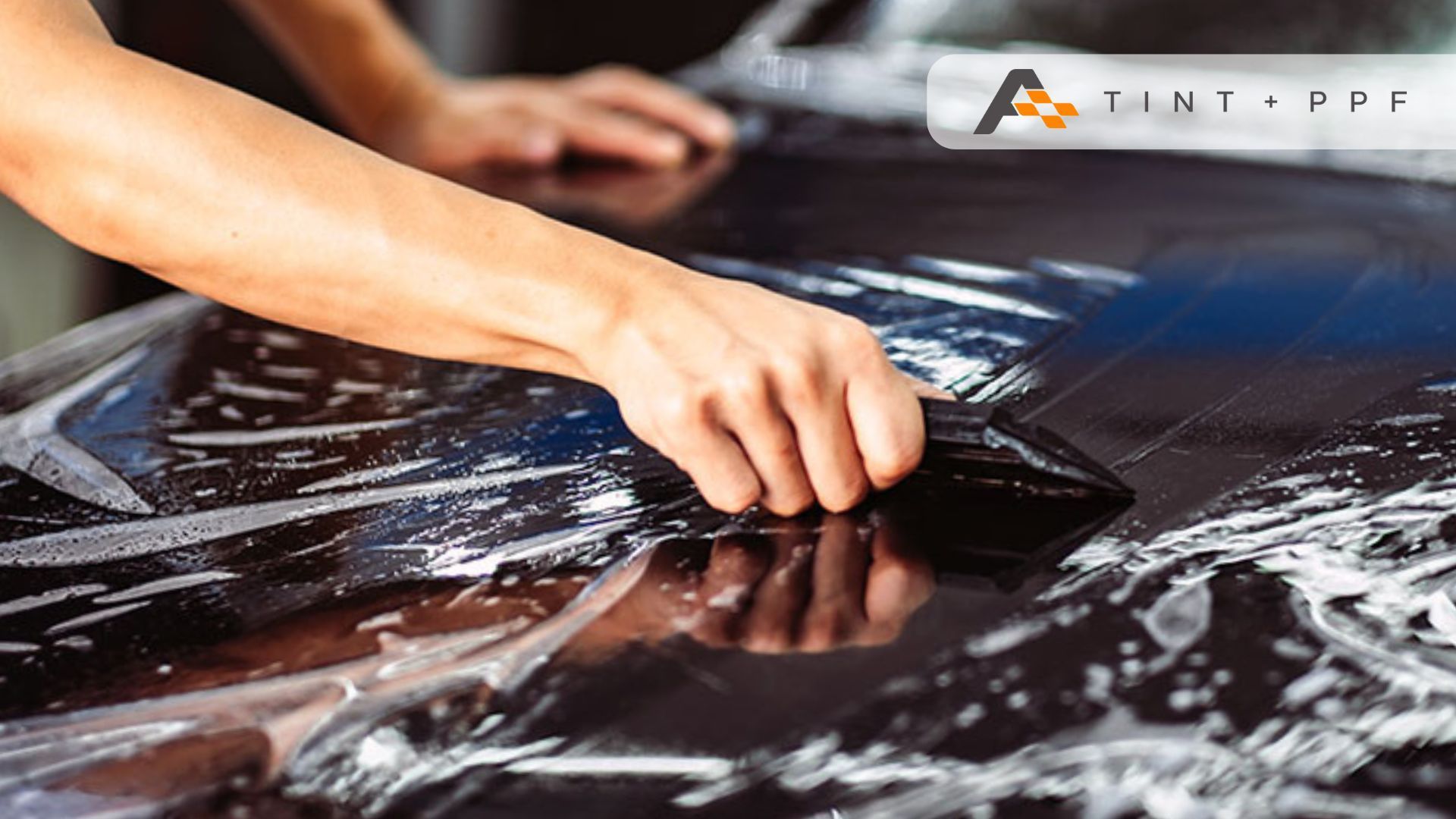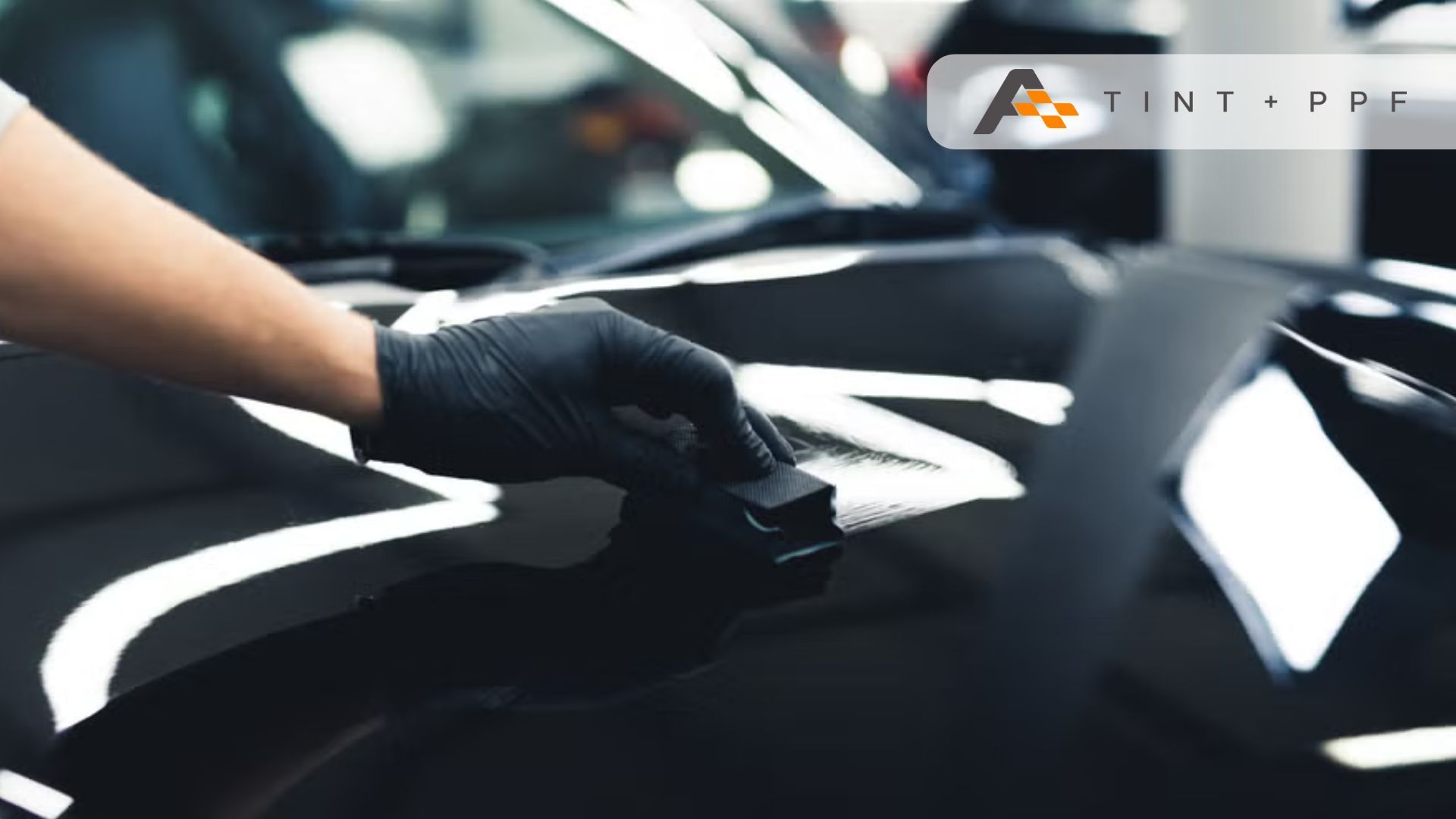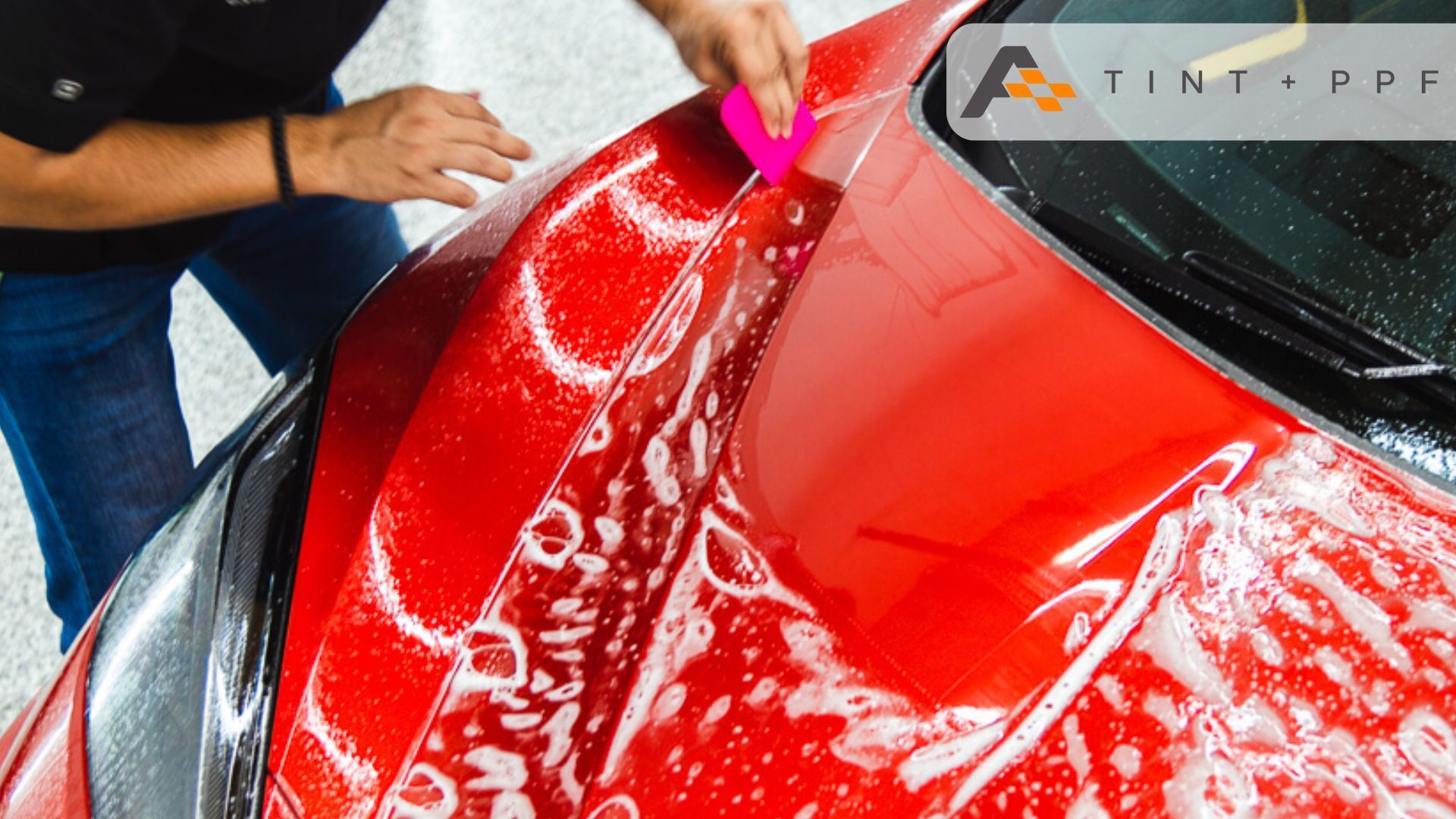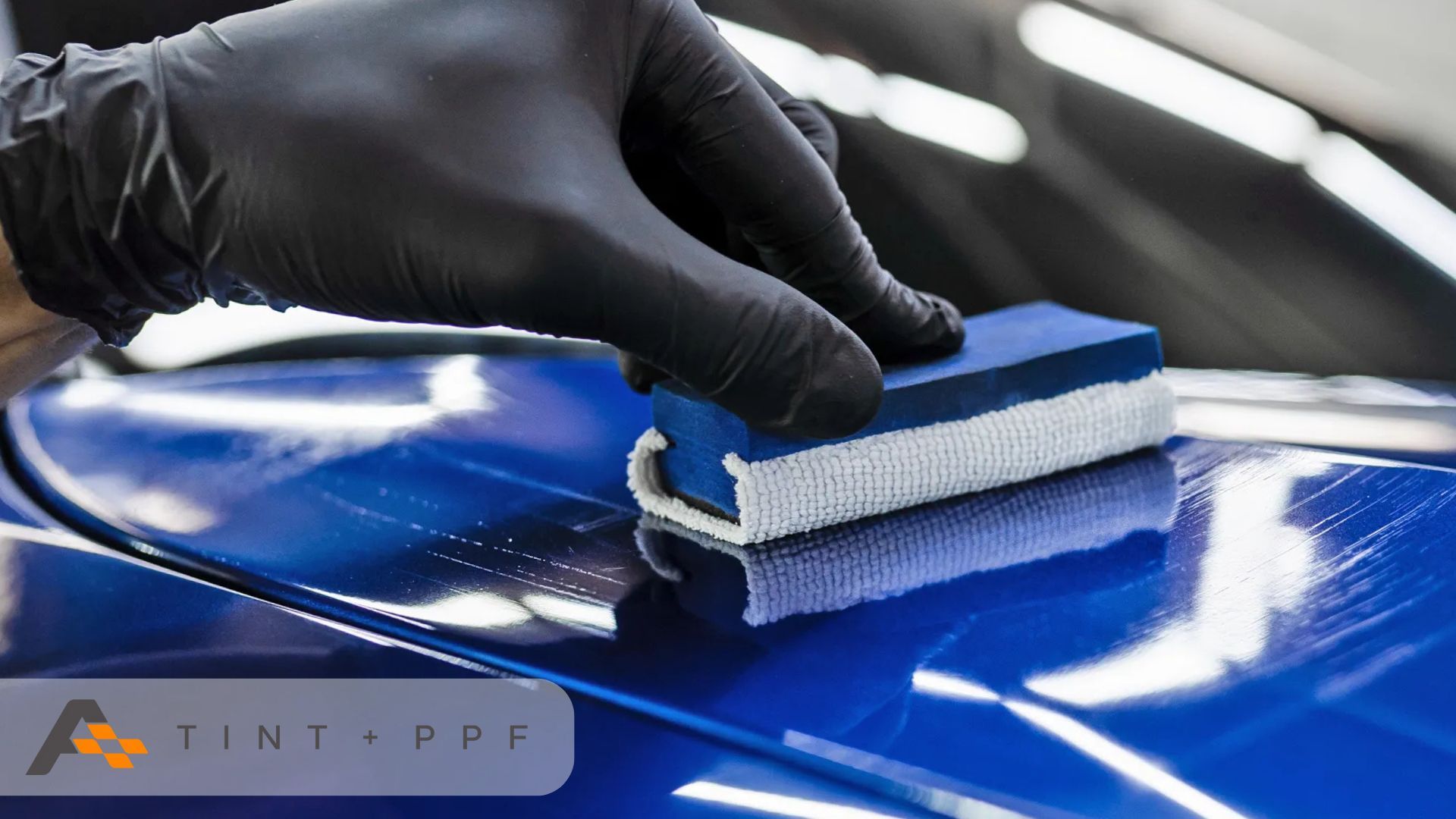Can Paint Protection Film Help Protect Against Road Salt in Forest Hill, MD?
Winter in Forest Hill, MD, can be brutal on vehicles, with icy roads leading to heavy use of road salt. While salt is essential for winter road protection, it also speeds up corrosion and paint damage, particularly on exposed areas like the undercarriage and lower body panels. For car owners looking to protect their investment, paint protection film (PPF) might be the ultimate defense—but does it actually help prevent road salt damage? Let’s dive into how PPF works and whether it’s a must-have for Maryland winters.
Understanding the Impact of Road Salt on Your Vehicle
Winter roads in Maryland are treated with a mix of salt and brine solutions to prevent ice buildup and improve driving safety. While this is crucial for
winter road protection, it comes at a cost—your vehicle’s exterior.

How Does Road Salt Damage Your Car?
- Accelerates Corrosion: Salt reacts with moisture and oxygen, leading to oxidation and rust. This process can begin in just a few weeks if the salt isn’t washed off regularly.
- Targets Vulnerable Areas: The undercarriage, rocker panels, wheel wells, and lower body panels take the hardest hit due to their exposure to road spray.
- Causes Paint Chipping and Peeling: Over time, salt weakens the paint, making it more prone to chipping—especially if your car is frequently exposed to winter conditions.
According to the AAA Foundation for Traffic Safety, de-icing chemicals cause over $3 billion in vehicle corrosion damage annually in the U.S. In Maryland, where winter storms are common, this issue is even more pressing.
What Is Paint Protection Film and How Does It Work?
Paint protection film (PPF) is a urethane-based transparent layer that adheres to a vehicle’s exterior, acting as an invisible shield against environmental damage. Designed for high-impact protection, PPF is especially useful in winter when road debris and salt exposure are at their peak.
Key Features of Paint Protection Film:
- Self-Healing Properties: Minor scratches and swirl marks disappear with heat exposure (sunlight or warm water).
- Chemical Resistance: PPF repels contaminants, including road salt, oil, and grime, preventing them from penetrating the paint.
- Durability: High-quality PPF lasts 5 to 10 years, making it a long-term solution for maintaining your vehicle’s appearance.
- Hydrophobic Surface: Some PPF brands come with a hydrophobic coating, reducing the buildup of dirt and making winter maintenance easier.
By acting as a physical barrier,
paint protection film prevents salt from directly contacting your car’s paint, reducing the risk of corrosion and keeping your vehicle looking new even after harsh Maryland winters.

Why Paint Protection Film Is Essential for Cars in Forest Hill, MD
Winter in Forest Hill, MD, brings freezing temperatures, snowfall, and, of course, heavy road salt usage. While this is necessary for winter road protection, it creates a major issue for car owners—accelerated corrosion and paint deterioration. Salt, combined with moisture, creates the perfect environment for rust to form, especially on frequently traveled routes like Route 24, I-95, and local neighborhood streets, where road treatment is constant.
For those with newer or high-end vehicles, the last thing you want is premature paint damage due to winter conditions. This is where paint protection film (PPF) becomes invaluable. Unlike waxing or ceramic coatings, PPF acts as a physical barrier between your car’s paint and the elements, preventing road salt, rock chips, and debris from causing harm. At A-Plus Tint, we’ve seen firsthand how winter road conditions impact vehicles in Maryland. That’s why we recommend PPF installation before winter hits, ensuring your car stays protected throughout the season.
Key Areas of the Car to Protect with PPF During Winter
Certain parts of your vehicle are more vulnerable to road salt exposure and winter road debris. If you’re investing in paint protection film, these are the areas that need coverage the most:
- Rocker Panels – Located along the bottom sides of your vehicle, these panels take the hardest hit from road salt and slush kicked up by your wheels. This is one of the most common areas to develop rust.
- Front Bumper & Hood – Vehicles ahead of you will spray salt, dirt, and small rocks directly at your front end. A PPF application here helps prevent paint chips and corrosion.
- Wheel Wells & Fenders – Constant contact with salt-infused slush and grime makes these areas prime spots for rust formation. A layer of paint protection film keeps them shielded.
- Door Edges & Handles – These are frequent touchpoints, meaning salt and moisture from gloves, jackets, and boots can accumulate. PPF prevents the paint from deteriorating in these areas.
For
drivers in Forest Hill, protecting these key sections with
PPF from A-Plus Tint ensures your car stays in top condition, even through the toughest Maryland winters.

Comparing Paint Protection Film to Other Winter Protection Options
While paint protection film is one of the best defenses against winter road protection hazards, many car owners consider other options. Let’s break down how PPF stacks up against other winter protection methods:
1. Waxing and Ceramic Coating
Pros: Adds a hydrophobic layer that repels water and dirt, making it easier to clean your car.
Cons: Wax wears off quickly, and ceramic coatings, while durable, don’t provide physical protection against salt, rock chips, or scratches like PPF does.
2. Undercarriage Treatments
Pros: Helps prevent rust from forming underneath the car, which is a major concern in winter.
Cons: While great for underbody protection, these treatments do nothing for exposed paint surfaces like bumpers, fenders, and doors.
3. Frequent Car Washes
Pros: Helps remove road salt buildup before it causes serious damage.
Cons: Washing alone won’t stop corrosion—especially if salt has already started eating into unprotected paint.
Why PPF is the Superior Choice
Unlike wax, ceramic coatings, or car washes,
paint protection film offers
physical protection. It prevents direct contact between your car’s paint and
road salt, keeping your vehicle looking pristine while minimizing winter-related wear and tear. For
Forest Hill drivers who deal with
harsh Maryland winters,
A-Plus Tint’s PPF installations provide the best long-term protection, ensuring your car stays in top shape even after months of exposure to road salt.

How to Maintain Your Car with PPF During Winter
Once you’ve installed paint protection film, you’ll still need to take care of your vehicle to ensure it provides long-lasting winter road protection. Here are the best ways to maintain your car’s PPF during winter in Forest Hill, MD:
1. Wash Your Car Regularly to Remove Salt Buildup
- Frequency: Wash your car at least once a week during winter, or more often if roads are heavily salted.
- Best practice: Use a touchless car wash or wash by hand to avoid unnecessary friction on the film.
- Tip: If you’re using a pressure washer, keep the nozzle at least 12 inches away from the PPF edges to prevent lifting.
2. Use the Right Cleaning Methods
- Stick to pH-neutral car shampoos to avoid breaking down the protective layer of your paint protection film.
- Use a soft microfiber wash mitt to avoid scratching the surface.
- Avoid automatic car washes with brushes, as they can create swirl marks on the PPF.
3. Inspect the PPF for Any Damage
- After snowstorms or long road trips, check for signs of lifting or bubbling, especially around rocker panels, bumpers, and fenders.
- If you notice any peeling edges or damage, visit A-Plus Tint to have it inspected and repaired before the issue worsens.
By following these maintenance steps, your paint protection film will continue to shield your car against road salt and harsh winter elements, keeping your vehicle in excellent shape throughout Maryland’s toughest months.
Final Thoughts: Is Paint Protection Film Worth It for Winter Road Protection?
If you live in Forest Hill, MD, and drive on Route 24, I-95, or any other heavily salted roads, paint protection film is one of the smartest investments you can make for your vehicle. With its chemical resistance, self-healing properties, and durable barrier, PPF protects your car from road salt, corrosion, and winter wear better than waxing or ceramic coatings alone.
At
A-Plus Tint, we specialize in
PPF installation for Maryland drivers who want to safeguard their cars before winter hits. If you’re considering
winter road protection,
now is the time to act—before the salt and snow start taking their toll. Prepare your car for the winter season with
expert PPF installation at
A-Plus Tint.
Contact us today for a free consultation and let us help you keep your vehicle looking flawless all year long!


